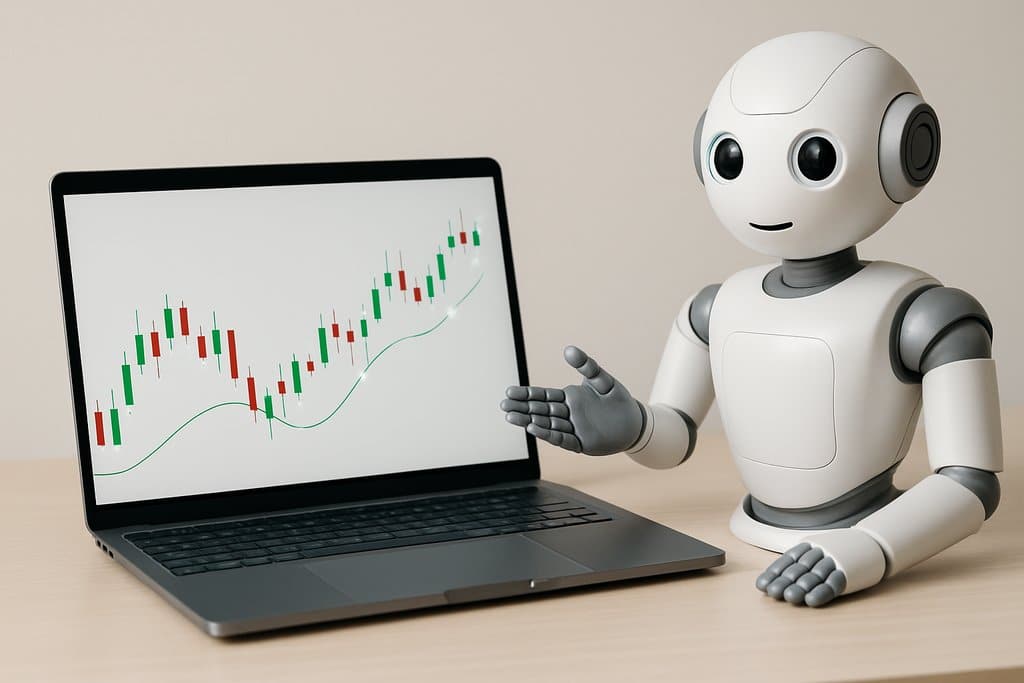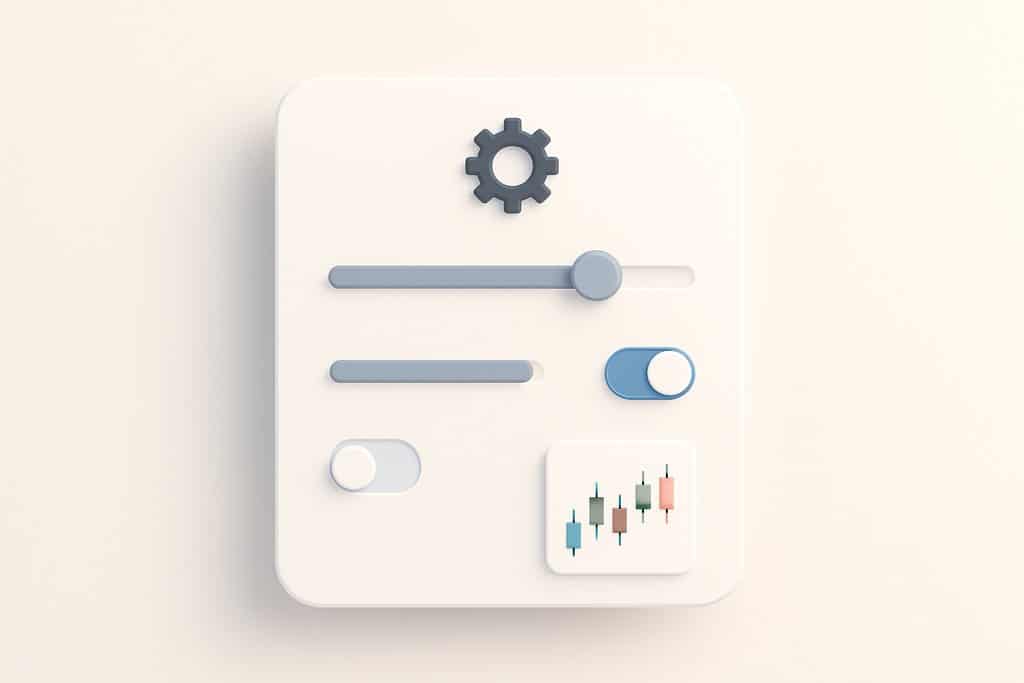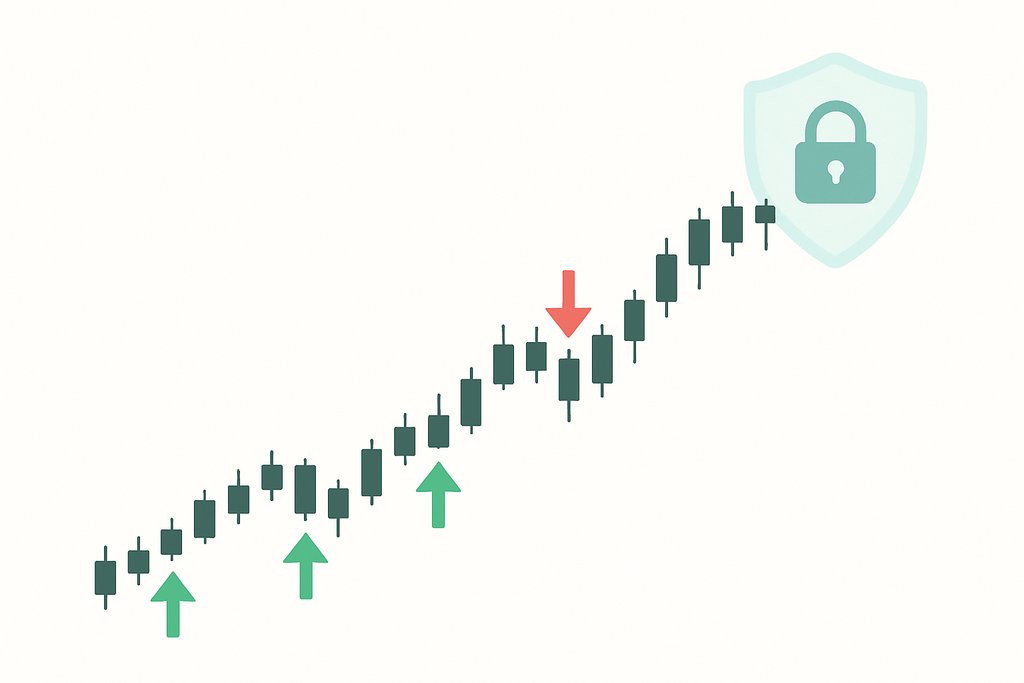Best Trading Bot: Choose, Test, and Automate Your Edge
Discover how to pick the best trading bot for your strategy, validate it fast, and automate real-time execution without friction.

If you are searching for the best trading bot, you are likely torn between dozens of tools that claim to beat the market, automate everything, or promise effortless gains. The truth is simpler and more practical. The best trading bot is the one that translates your edge into consistent, real-time execution with minimal friction. It should be fast, reliable, easy to test, and flexible enough to handle your rules without forcing you into a black box.
In this guide, you will learn what a trading bot really is, how to pick the one that suits your approach, and how to build a robust workflow that goes from idea to live execution. We will also show why a modern platform like Obside is a strong contender if you want to move from concept to automated orders in minutes, without long development cycles.
Table of contents
- What is a trading bot and why traders seek the best trading bot
- What makes the best trading bot in 2025
- Why Obside is a strong contender for the best trading bot workflow
- Step by step: build your best trading bot in under an hour
- Practical use cases that reveal what the best trading bot can do
- Benefits and considerations before you commit
- Conclusion
- Frequently asked questions
- Related articles
What is a trading bot and why traders seek the best trading bot
A trading bot is software that automates parts of your trading process. At its core, it detects conditions, decides on actions, then executes and monitors orders with your broker or exchange. Most effective bots follow a simple pipeline: signal generation, risk management, order execution, and performance tracking. Some traders automate only alerts. Others automate entries, exits, and portfolio management.
If you have ever missed an entry because of busy schedules, or you find yourself hesitating to follow your plan, a good trading bot removes timing and discipline issues. It also scales your attention, watching dozens of markets and reacting in less than a second. For background on algorithmic trading as a practice, read the overview on Wikipedia. For a primer on testing ideas historically, see Investopedia’s guide to backtesting. If you want a practical walkthrough from signals to execution, see our guide on Algorithmic Trading.
The reason traders look for the best trading bot is not a wish for magic. It is a need for reliability, transparency, and speed. The right bot lets you act on your rules without friction, across alerts, automated orders, or full strategies.
What makes the best trading bot in 2025
There is no single best trading bot for everyone. Your ideal choice depends on your strategy, markets, and risk tolerance. Still, there are universal qualities you should demand.
Reliability and execution quality. Your bot must connect to brokers and exchanges you use, manage order types correctly, and handle failures gracefully. If the market moves fast, you want a system that queues and retries, logs every action, and lets you set safety conditions such as maximum daily loss or a global kill switch.
Speed and data coverage. A bot that can read price ticks, technical indicators, and event data in real time is more valuable than one that only checks prices every few minutes. The best trading bot for event-driven strategies should listen to news or macroeconomic releases, not just charts. Traders who rely on technical indicators need high quality historical data to compute signals such as RSI, MACD, moving averages, Supertrend, or ATR. You can review how RSI works in our RSI Indicator guide, and find external primers on RSI and MACD.
Flexibility and ease of expression. If you need to spend hours coding trivial logic, you will ship less and test fewer ideas. A modern approach lets you describe your intent in plain language, then creates the corresponding rules and actions for you. You should be able to combine conditions such as price, volume, RSI, and MACD with sentiment or news triggers, and route to specific order behaviors such as trailing stops or OCO brackets.
Ultra-fast backtesting. The best trading bot is not just an executor. It is a validation lab. If you can backtest in seconds, you can iterate more, avoid overfitting by testing many alternatives, and move to paper trading or live trading with greater confidence. If you need a safe environment to practice, try our Trading Simulator.
Transparent monitoring and secure connectivity. You need clear logs, PnL curves, alert history, and version control for your strategies. Connections to your brokers and exchanges should be encrypted, token-based, and scoped. Treat operational security as a first-class requirement in your own process.
Why Obside is a strong contender for the best trading bot workflow
Obside is a financial automation platform that turns your plain-language ideas into market actions in seconds. You chat with Obside Copilot, describe what you want to do, and it builds the alert, the automated order, or the full strategy. For traders who care about speed from idea to execution, this is a compelling approach.
Traders use Obside to set conditions tied to prices, technical indicators, news, or macro data. In practice, you can create alerts such as “Alert me if Bitcoin rises above 150,000 dollars and daily volume doubles” or “Notify me if RSI crosses 70 on EUR/USD and MACD turns bearish.” If you want pure event-driven triggers, you can say “Alert me if Apple announces a new product” or “Tell me when OpenAI announces a new AI model.”
Alerts: “RSI crosses 70 and MACD turns bearish on EUR/USD.” Actions: “Buy 1000 dollars of Bitcoin if price is below 100,000.” Strategies: “Supertrend bullish on 2h and 8h, RSI not overbought, with 5 ATR trailing stop.”
Actions are flexible. You can route conditions to orders, like “Buy 50 dollars worth of Tesla if Elon Musk tweets about it” or “Sell all my positions if the S&P 500 drops by 10 percent.” If you prefer scheduled automation, you can say “Buy 50 dollars of Bitcoin every Monday at 10:00 AM.” For context on ATR as a volatility measure, see Investopedia.
Obside’s backtesting engine validates strategies in seconds, which translates to faster iteration and better risk control before you go live. It is already recognized by professionals, with the Innovation Prize 2024 at the Paris Trading Expo and support from Microsoft for Startups. What makes it a strong contender for the best trading bot experience is its combination of natural-language strategy creation, event-driven triggers, ultra-fast testing, and live execution with your connected brokers and exchanges.

Step by step: how to build your best trading bot in under an hour
1) Define a one-sentence objective
Start by defining your objective in one sentence. Maybe you want to capture momentum breakouts on Bitcoin with clear exits and a daily loss limit, or you want to maintain a 50 percent allocation to Bitcoin, 25 percent to Ethereum, and 25 percent to a stablecoin. Clarity here saves you time later.
2) Translate the objective into rules
For momentum, require that price breaks above a recent high with volume expansion and that RSI is below 70 at entry. For exits, consider a trailing stop, a fixed take profit, and a time-based close. For a portfolio rule, define target weights and conditions under which you rebalance, such as weekly or when any asset drifts more than 5 percent from its target.
3) Describe rules in plain language to Obside Copilot
Open Obside and describe the rules to Copilot. For example: “When Bitcoin closes above its 20-day high on a 1 hour chart and daily volume is 2 times the 20-day average volume, buy 1 percent of the portfolio. Place a trailing stop at 2 ATR. Take profit at 8 percent. If daily loss exceeds 3 percent, pause the strategy for the day.” Copilot translates this into a concrete strategy with parameters you can tweak. If you are new to rules, our primer on building a trading strategy can help.
4) Backtest immediately and read the diagnostics
Run a backtest. Inspect the equity curve, win rate, average trade, drawdown, and sensitivity to transaction costs. Include realistic slippage and fees. Slippage can significantly change results, as explained here: slippage. For faster iteration before going live, simulate with a paper trading account.

5) Refine the logic and combat overfitting
If overfitting creeps in, simplify. Use fewer parameters and look for robust zones rather than sharp peaks in performance. Test out-of-sample data, then walk-forward your parameters to see if the edge persists.
6) Paper trade to verify live behavior
Let the bot run for several days or weeks in simulation. Verify that alerts, orders, and risk controls behave as expected. Obside’s logs and dashboards make it easy to audit decisions trade by trade.
7) Connect your broker and go live small
Connect your broker or exchange and start with small size. Ensure daily loss limits, trailing stops, and kill switches are active. Keep a journal of adjustments. With Obside, you can pause, duplicate, or version your strategy any time, which encourages iteration without losing your place.
8) Add event-driven layers when helpful
Optionally, tell Obside to reduce risk ahead of a central bank decision or to disable new entries temporarily when volatility spikes. The best trading bot is not just a rules engine. It is your trading workflow, including risk governance and situational awareness. For a deeper overview of end-to-end automation, see Trading Automation.
Practical use cases that reveal what the best trading bot can do
Momentum breakout bot on crypto. Scan multiple coins for new highs with rising volume. Entries trigger only if RSI is not overbought, exits rely on a trailing stop and a profit target. This keeps you disciplined in a 24/7 market where emotions can run high.
Event-driven equities bot. Watch for corporate events, such as product launch announcements or earnings results, then alert or place orders according to your playbook. Because Obside can react to news, you can build strategies that do not rely solely on technicals.
Scheduled DCA bot. “Buy 50 dollars of Bitcoin every Monday at 10:00 AM” is simple, but the bot ensures consistent execution regardless of your schedule.
Portfolio rebalancing bot. Maintain target weights such as “Keep 50 percent in Bitcoin, 25 percent in Ethereum, 25 percent in USDC.” The bot monitors drift and rebalances when needed.
Multi-timeframe trend bot. When Supertrend is bullish on both the 2 hour and 8 hour charts, and RSI is not overbought, open a position with a trailing stop tied to ATR. Close if the lower timeframe Supertrend flips.

Benefits and considerations before you commit to the best trading bot
The benefits are compelling. You gain discipline because the bot follows rules without hesitation. You gain speed because a machine reacts instantly and can watch many markets at once. You gain consistency because your logic is explicit and versioned. You also gain insight because backtests and logs tell you exactly what is working and what is not.
- Rule-based discipline without hesitation
- Real-time speed across many markets
- Consistency with clear versioned logic
- Insight from backtests and detailed logs
There are important considerations. Overfitting is a common pitfall. If you find a parameter set that works perfectly on the past, be suspicious. Combat this with out-of-sample testing, walk-forward analysis, and simpler rules that show stability across ranges rather than razor-thin peaks.
Data quality and latency matter. Indicators like RSI or MACD are only as reliable as the data they are computed on. If you plan to trade intraday, favor a platform that updates indicators in real time and handles bar closes correctly. Historical data differences can change signals, so validate your source.
Transaction costs and slippage can erase fragile edges. Always model fees and realistic slippage in your backtests. Use limit orders when appropriate, but be aware of fill risk. Market orders guarantee execution but at a cost. If you trade illiquid instruments, a bot that ignores slippage will paint a misleading picture.
Finally, human oversight is still valuable. Automation shines when it removes repetitive work and enforces discipline. You should still review performance weekly, analyze logs, and ask if the edge still makes sense in current market conditions.
Conclusion: turn your edge into the best trading bot for you
The best trading bot is not a product label. It is a workflow that maps your edge into rules, validates them quickly, and executes them reliably with clear risk controls. If you want a fast path from idea to action, Obside’s conversational Copilot, real-time data triggers, and ultra-fast backtesting make it a strong choice to build, test, and run bots without getting stuck in code.
Your next steps are straightforward. Write a one-sentence objective. Translate it into entry, exit, and risk rules. Backtest in seconds, then paper trade for a few days. When everything behaves as expected, go live in small size and iterate.
This content is for educational purposes only. It is not financial advice. Trading involves risk, and you can lose money. Always test before going live, and never trade with funds you cannot afford to lose.
Frequently asked questions
What is the best trading bot for beginners?
The best starting point is a platform that lets you describe your rules in plain language, test quickly, and automate gradually. Obside is beginner friendly because you can start with alerts, then wire those alerts to orders when you are ready. You can also run paper trading before risking capital.
Do I need to know how to code to use a trading bot?
Not necessarily. With Obside, you chat with Copilot and it builds the bot for you, from alerts to full strategies. You still need to understand your rules, but you do not need to write code to express them.
Can a trading bot guarantee profits?
No. A bot is a tool that executes a plan consistently. Profitability depends on the quality of your edge, market conditions, and your risk management. Even a well built bot will experience drawdowns.
How much capital do I need to start with a trading bot?
You can start small. Many traders begin with the minimum order sizes allowed by their broker or exchange, then scale as they gain confidence. Focus on process quality first, not size.
What markets can the best trading bot handle?
The best bots handle multiple asset classes, including stocks, ETFs, crypto, and sometimes forex or commodities via your connected brokers and exchanges. Obside supports multi-asset automation with real-time triggers from prices, indicators, news, and macro events.
How should I test a bot before going live?
Backtest with realistic fees and slippage, then run paper trading to verify live behavior. Look for stable performance across parameter ranges, not just one lucky setup. Monitor logs and alert history, then go live small and review weekly.
